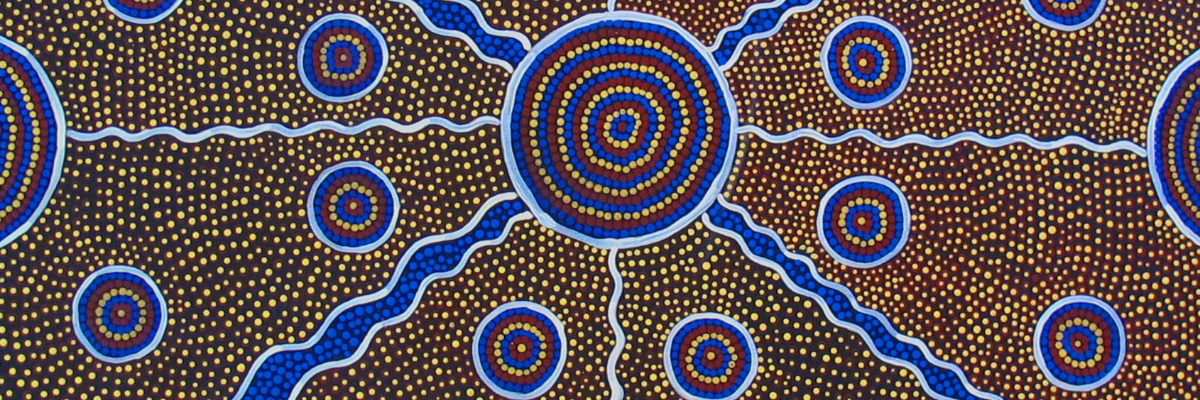
A dialect of its own
The health, education and employment inequalities experienced by Indigenous Australians sometimes appear intractable, as does their over-representation in the prison system. One way to address these problems, linguists have discovered, is to tackle communication issues.
For many Aboriginal and Torres Strait Islanders, standard Australian English is their second language. Their primary tongue may be a traditional language – but more often, it is a variety of Aboriginal English or a “creole”.
To the casual listener, Aboriginal English might sound like “broken” or incorrect English. Indeed, that was long the assumption, with speakers deemed linguistically deficient.
However, research in the late 1960s and 1970s demonstrated that Aboriginal English – there are multiple varieties – is a fully-fledged dialect, with its own grammatical rules, sounds and vocabulary, differing systematically (and sometimes subtly) from those of Australian English.
Similar misconceptions surrounded Australian Kriol, which is spoken across large parts of northern Australia, and the Torres Strait creole called Yumplatok. Australian linguists determined that these creoles, used by an estimated 40,000 people, are languages in their own right. In fact, Kriol is the largest language spoken exclusively in this country.
Contact tracing
Aboriginal English, Kriol and Yumplatok are “contact languages”, developed as Indigenous Australians mingled with people from other Aboriginal language groups and with European colonisers on cattle stations, missions and reserves. They contain elements of English and traditional Indigenous languages. And as many of the traditional languages died out or declined, the new languages flourished, becoming crucial to identity and culture.
Before linguists identified and comprehensively described them, though, they caused multiple problems. While Aboriginal English is generally intelligible to non-Indigenous Australians – take the example “Real big mob over there” (“There are a lot of people/kangaroos over there”) – teachers often mistook it for poor English. The creoles are difficult for non-speakers to understand: “Ala blo mi bi teke kenu kam baik”, for example, is Yumplatok for “My brother brought the canoe back.”
Aboriginal English speakers were overlooked by employers, and misunderstood within the health and legal systems. Kriol and Yumplatok speakers faced similar obstacles.
A bidialectical approach
These days, these languages are better understood. This is thanks to the pioneering work of academics such as Ian Malcolm (Aboriginal English), Joyce Hudson (Kriol) and Anna Shnukal (Yumplatok), and the generosity of their many Indigenous collaborators. It is also due to workshops now being run for teachers, health workers, employers and legal professionals.
Educational initiatives for creole-speaking students have included a bilingual program in Northern Territory schools. In Western Australia, a collaboration between education authorities and Edith Cowan University has delivered new insights into Aboriginal English’s linguistic, conceptual and cultural features, and led to development of a “two-way bidialectal” approach.
In 2018, Queensland formally recognised the importance of valuing and using students’ home languages, including Aboriginal English and creoles.
A version of the Bible in Kriol was published in 2007; the first complete Bible in any Australian Indigenous language, it is a vital resource for Indigenous Christians. King Lear has appeared in a Kriol version. ABC radio in Darwin broadcasts a Kriol radio bulletin every weekday.
Courts and service providers now offer Kriol translators and interpreters. Reinforcing its status, Yumplatok was included in the languages listed in the 2011 Census.



